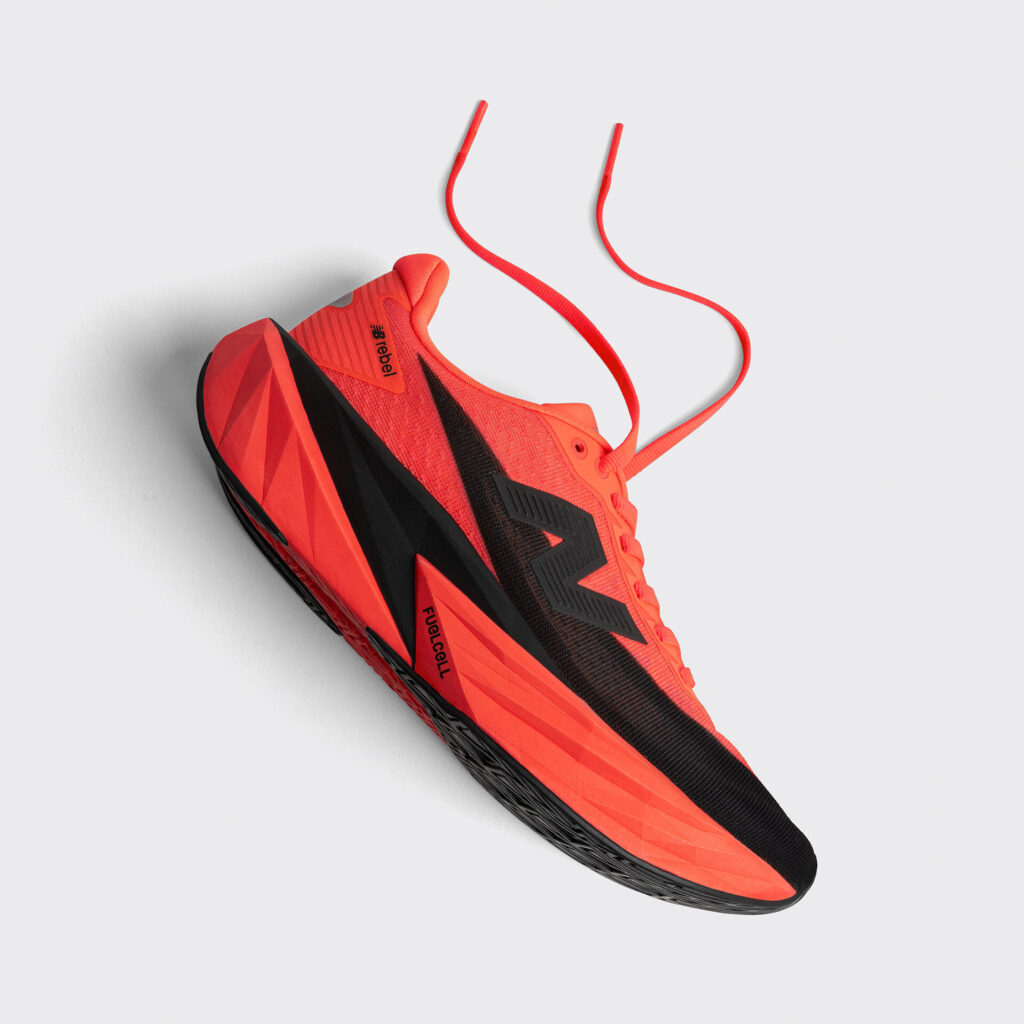Don’t ruin all of your blood, sweat and tears at the gym with rookie errors outside of the gym. Follow our guide to ensure a speedy and efficient recovery.
1\ TOP UP WITH CINNAMON
The use of cinnamon as effective pain relief dates back almost 2400 years, with Hippocrates documenting it’s use for recovery in his writing. But don’t take Hipp’s word for it. According to the Journal of Clinical and Diagnostic Research, cinnamon is even more effective on pain relief than ibuprofen. So how much will hit the sweet spot? Half a teaspoon twice a day in coffee to reduce muscle inflammation, suggests Beltsville Human Nutrition Research Centre.
2\ HAVE A BRAZILLIAN
. . . tea, that is. It reduces pain and swelling like ibuprofen (a really bad day for ibuprofen!). The trick here is to get ahead of the pain, and use it as preventative measure. Drink 2-3 cups the day before a workout for faster recovery. Newcastle University, UK
3\ GO HOT AND COLD
Take your muscles from one limit to the other to enhance your recovery. Press an ice pack against your sore muscle for a minute, then submerge it in hot water for a minute. Alternate 12 times to be ready for your next muscle-blast. Australian Institute of Sport
4\ GET LASERED
Pain free and non-invasive recovery? Yes please! “Cold Laser Therapy is all about cellular repair,” says Dr Roberta Chow, AM and a world leading clinical practitioner and PhD in the field of laser therapy for pain management at Quantum Laser. “Oxidative stress is when nitric oxide is binding to the cell – what laser does, is it displaces that nitric oxide off the cell and allows oxygen to rebind with the cell which allows the mitochondria to produce ATP energy again. In other words – getting the cell to its fully functioning state.”
5\ DRINK TEA
A compound in your cuppa triggers insulin secretion, which lowers the amount of sugar in red blood cells. Sip a cup of black tea after your workout to reduce blood pressure by as much as 40 per cent. Peter Ellis, King’s College London













